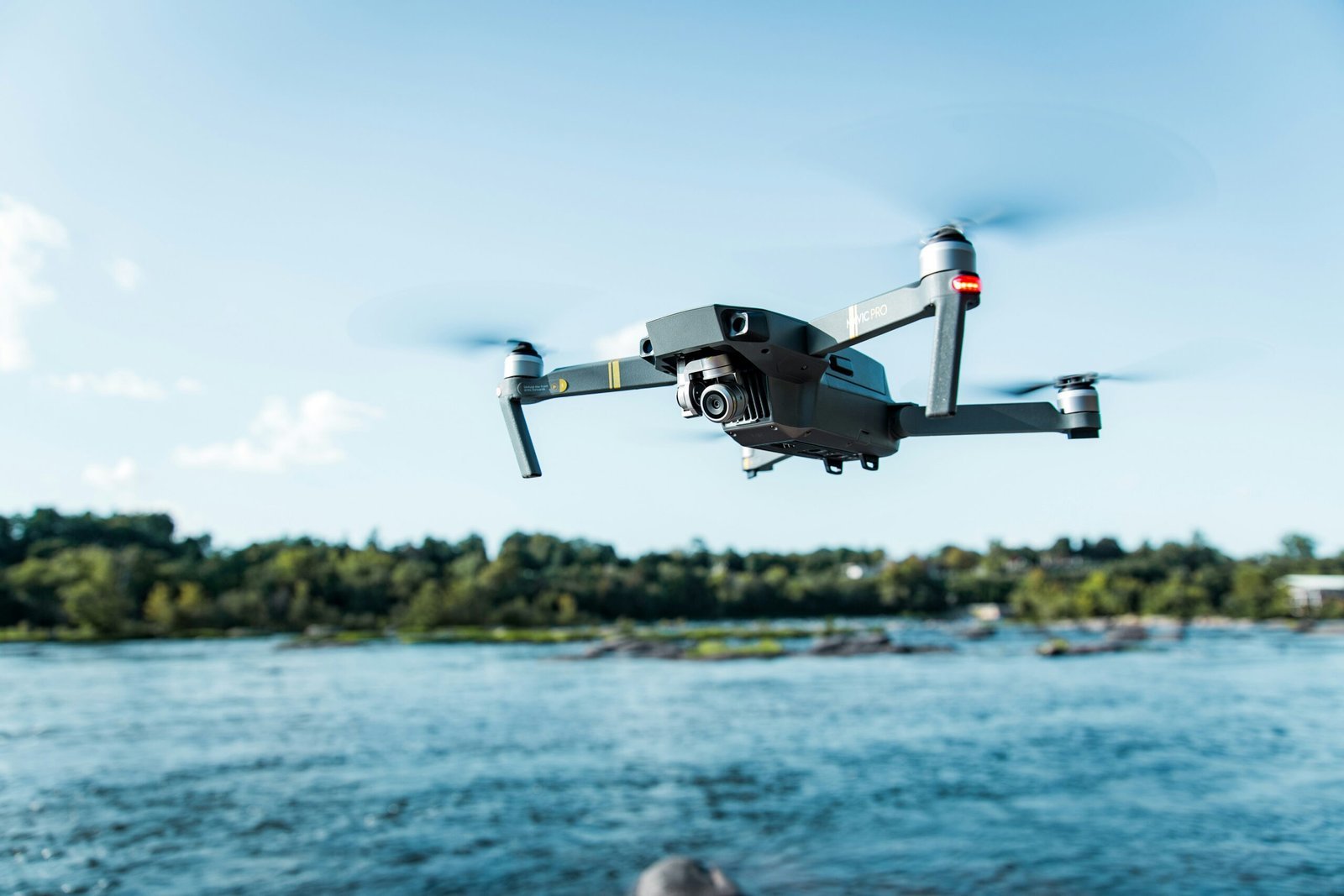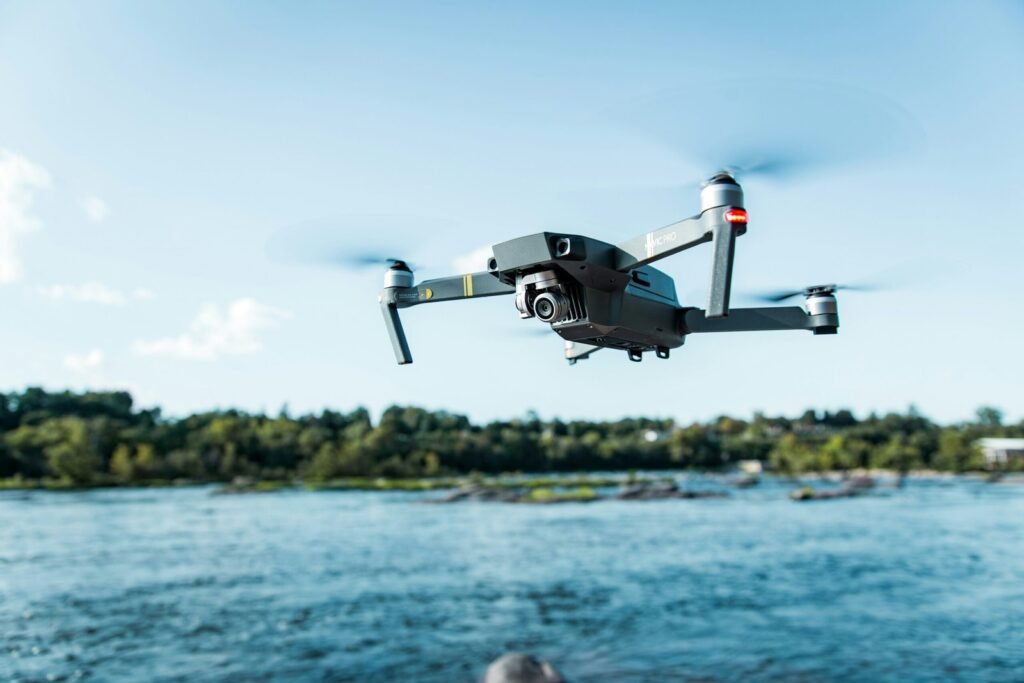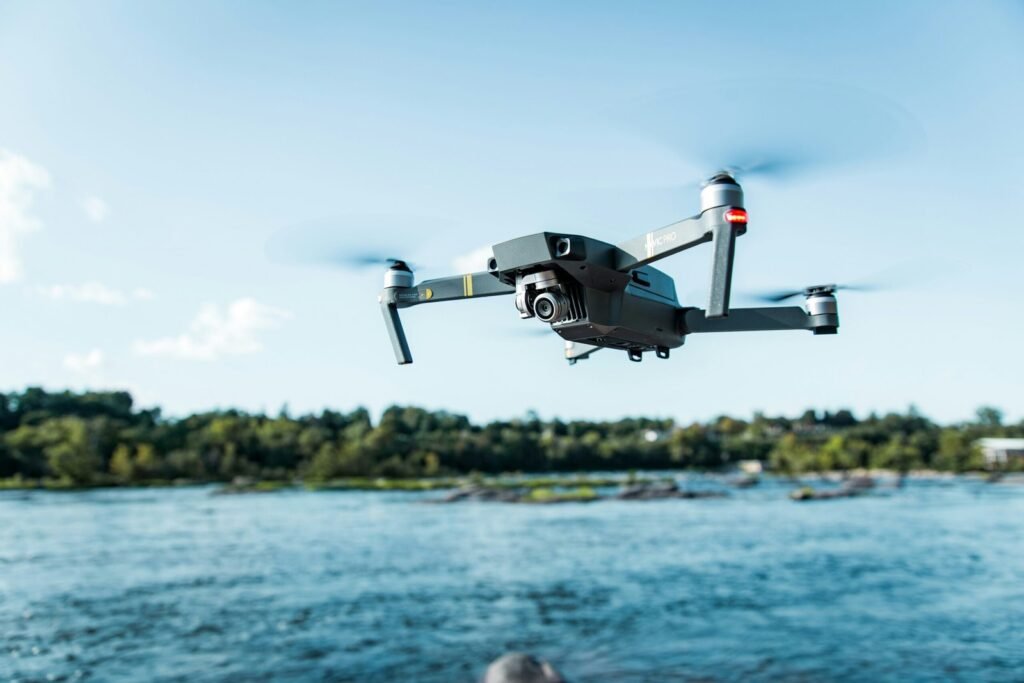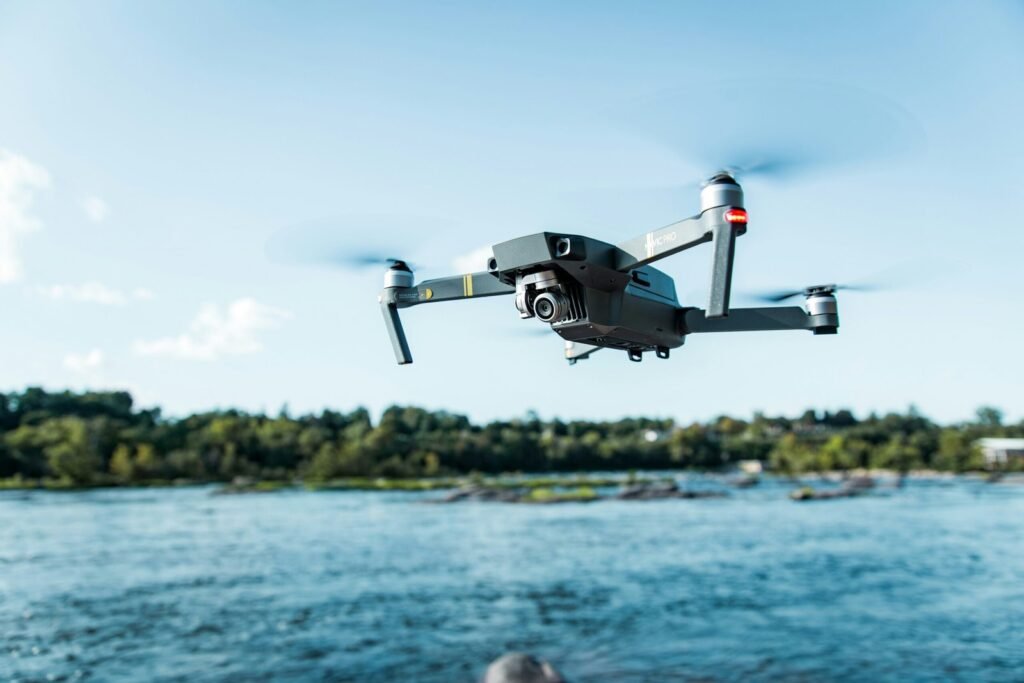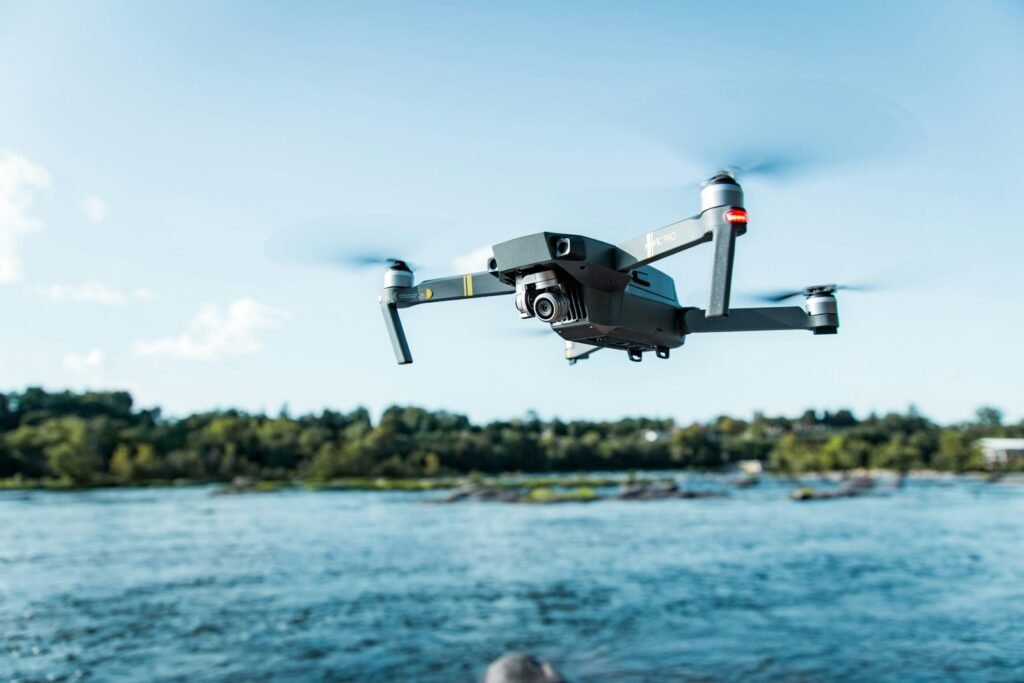In recent years, drones have revolutionized various industries, including photography, videography, and surveying. However, one area where drones have made a significant impact is in aerial inspections. With advancements in technology, drones equipped with thermal imaging cameras have become invaluable tools for professionals in fields such as construction, agriculture, and public safety.
DJI Thermal Drones: A Comparison Table
| Drone Model | Key Features | Pros | Cons | Price Range (USD) |
|---|---|---|---|---|
| DJI Mavic 3 Thermal | Compact, 45 min flight time, 9.3 mi range, 640×512 thermal resolution | Portable, excellent search & rescue/inspection capabilities, good camera | Lower thermal resolution than some | $3,999+ |
| DJI Matrice 300 RTK | Rugged, 55 min flight time, IP55 weatherproof, 30° FOV thermal sensor | Powerful, suitable for harsh environments, long flight time | Larger and heavier than Mavic 3, no dedicated thermal camera | |
| DJI Zenmuse P1 | Professional grade, 20MP photos, 640×512 thermal resolution, multispectral imaging | Advanced features, high-quality camera, multiple sensors | Large and expensive, requires compatible DJI drone | $13,999+ |
| DJI Zenmuse H20T | 23x zoom camera, 640×512 thermal sensor, laser rangefinder | Comprehensive data collection, advanced features | Heavy payload, requires compatible DJI drone | $8,999+ |
| DJI Zenmuse XT2 | Dual visible & thermal cameras, 640×512 thermal resolution, smart features | Versatile capabilities, good thermal resolution | Requires compatible DJI drone | $5,999+ |
| DJI Zenmuse XT2-R | Dual visible & thermal cameras, 640×512 thermal resolution, interchangeable lenses | Flexible lens options, high-end thermal imaging | Requires compatible DJI drone, expensive | $14,999+ |
Additional Notes:
- DJI Matrice 300 RTK requires a separate thermal payload like the H20T or XT2 to be considered a “thermal drone”.
- Prices are estimated and may change based on retailer and promotions.
- Consider factors like imaging quality, flight time, weather resistance, budget, and specific application when choosing a DJI thermal drone.
- Consult with a professional to discuss your needs and find the best drone for you.
Exploring DJI Thermal Drones: A Comprehensive Comparison
When it comes to thermal imaging drones, DJI stands at the forefront of innovation, offering a range of cutting-edge solutions tailored to various professional applications. From search and rescue missions to industrial inspections, DJI thermal drones provide invaluable tools for capturing critical data in challenging environments. In this comprehensive guide, we’ll delve into the key features, pros, cons, and price ranges of some of DJI’s top thermal drones to help you make an informed decision.
1. DJI Mavic 3 Thermal
Description: The DJI Mavic 3 Thermal combines the compact and portable design of the Mavic series with the power of thermal imaging technology. With an impressive 45-minute flight time and a range of up to 9.3 miles, this drone is perfect for aerial inspections and search and rescue operations. The 640×512 thermal resolution ensures clear and detailed thermal imaging capabilities, although it may not be as high as some other models.
Specifications:
- Flight Time: 45 minutes
- Range: 9.3 miles
- Thermal Resolution: 640×512
- Price Range: $3,999+
2. DJI Matrice 300 RTK
Description: Built for durability and reliability, the DJI Matrice 300 RTK is a rugged workhorse designed to thrive in harsh environments. With an IP55 weatherproof rating and a flight time of up to 55 minutes, this drone is suitable for a wide range of industrial applications. While it lacks a dedicated thermal camera, it can be paired with thermal payloads like the H20T or XT2 for thermal imaging capabilities.
Specifications:
- Flight Time: 55 minutes
- Weatherproof Rating: IP55
- Thermal Sensor: Requires separate thermal payload
- Price Range: Varies based on configuration
3. DJI Zenmuse P1
Description: As a professional-grade solution, the DJI Zenmuse P1 offers unparalleled imaging capabilities for demanding applications. With a 20MP camera and 640×512 thermal resolution, this drone delivers high-quality data for precision mapping and surveying tasks. However, its large size and high price point may limit its accessibility to certain users.
Specifications:
- Camera: 20MP
- Thermal Resolution: 640×512
- Multispectral Imaging: Yes
- Price Range: $13,999+
4. DJI Zenmuse H20T
Description: The DJI Zenmuse H20T is a versatile payload equipped with a 23x zoom camera, a 640×512 thermal sensor, and a laser rangefinder. This comprehensive suite of sensors enables detailed data collection for a wide range of applications, from firefighting to infrastructure inspections. However, its heavy payload may require a compatible DJI drone for optimal performance.
Specifications:
- Zoom Camera: 23x
- Thermal Sensor: 640×512
- Laser Rangefinder: Yes
- Price Range: $8,999+
5. DJI Zenmuse XT2
Description: The DJI Zenmuse XT2 offers dual visible and thermal cameras, providing versatility and flexibility for various applications. With a 640×512 thermal resolution and smart features like temperature measurement and spot metering, this drone delivers reliable thermal imaging capabilities. However, it requires a compatible DJI drone for operation.
Specifications:
- Thermal Resolution: 640×512
- Dual Cameras: Visible and Thermal
- Smart Features: Yes
- Price Range: $5,999+
6. DJI Zenmuse XT2-R
Description: The DJI Zenmuse XT2-R takes thermal imaging to the next level with interchangeable lenses and high-end imaging capabilities. With a 640×512 thermal resolution and smart features like radiometry and temperature alarm, this drone offers unmatched precision and detail. However, its high price point and requirement for a compatible DJI drone may limit its accessibility.
Specifications:
- Thermal Resolution: 640×512
- Dual Cameras: Visible and Thermal
- Interchangeable Lenses: Yes
- Price Range: $14,999+
Conclusion:
Choosing the right DJI thermal drone depends on a variety of factors, including imaging quality, flight time, weather resistance, budget, and specific application requirements. Whether you’re conducting inspections, mapping terrain, or performing search and rescue operations, DJI offers a range of thermal drones to suit your needs. Consult with a professional to discuss your requirements and find the perfect drone for your workflow.
The Power of Thermal Imaging
Thermal imaging technology allows us to see and capture images of heat. Unlike traditional cameras that rely on visible light, thermal cameras detect infrared radiation emitted by objects and convert it into a visible image. This capability opens up a whole new world of possibilities for aerial inspections.
By using a thermal drone, professionals can identify and analyze temperature differences in various objects and environments. This information is crucial for detecting anomalies, identifying potential issues, and making informed decisions. Whether it’s monitoring crop health, inspecting solar panels, or detecting heat leaks in buildings, thermal drones provide a non-invasive and efficient solution.
DJI: A Leader in Thermal Drone Technology
When it comes to thermal drones, one name stands out in the industry: DJI. Known for their innovation and quality, DJI offers a range of thermal drones that cater to different needs and budgets.
The DJI Mavic 2 Enterprise Dual is one of DJI’s most popular thermal drones. It combines a high-resolution visual camera with a thermal imaging camera, allowing users to capture both types of data simultaneously. With its compact design and advanced flight features, the Mavic 2 Enterprise Dual is a versatile tool for professionals in various industries.
For more demanding applications, DJI offers the Matrice 300 RTK with the Zenmuse H20T camera. This powerful combination provides even higher resolution thermal imaging, along with advanced zoom capabilities and a wide-angle camera. The Matrice 300 RTK is designed for professionals who require precise and detailed thermal data for their inspections.
Applications of DJI Thermal Drones
The applications of DJI thermal drones are vast and varied. Here are some examples of how they are being used in different industries:
1. Construction and Infrastructure:
Thermal drones are used to inspect buildings, bridges, and other structures for potential defects, such as heat leaks, water damage, or faulty electrical connections. These inspections help prevent costly repairs and ensure the safety of workers and occupants.
2. Agriculture:
Thermal drones assist farmers in monitoring crop health and detecting irrigation issues. By identifying areas of stress or disease early on, farmers can take targeted actions to maximize yields and reduce the use of pesticides or fertilizers.
3. Public Safety:
Law enforcement and search and rescue teams use thermal drones to locate missing persons, detect hotspots in wildfires, and assess dangerous situations. The ability to see heat signatures in real-time enhances their efficiency and effectiveness in critical operations.
4. Energy and Utilities:
Thermal drones are employed to inspect power lines, solar panels, and wind turbines. By detecting faulty components or potential hazards, maintenance teams can proactively address issues, minimize downtime, and ensure the reliability of energy infrastructure.
Conclusion
DJI thermal drones have transformed aerial inspections, providing professionals with a powerful tool for analyzing temperature differences and detecting anomalies. With their advanced thermal imaging capabilities, DJI drones are being utilized in various industries, from construction and agriculture to public safety and energy. As technology continues to evolve, we can expect even more innovative solutions from DJI and other manufacturers, further expanding the possibilities of thermal drone applications.

